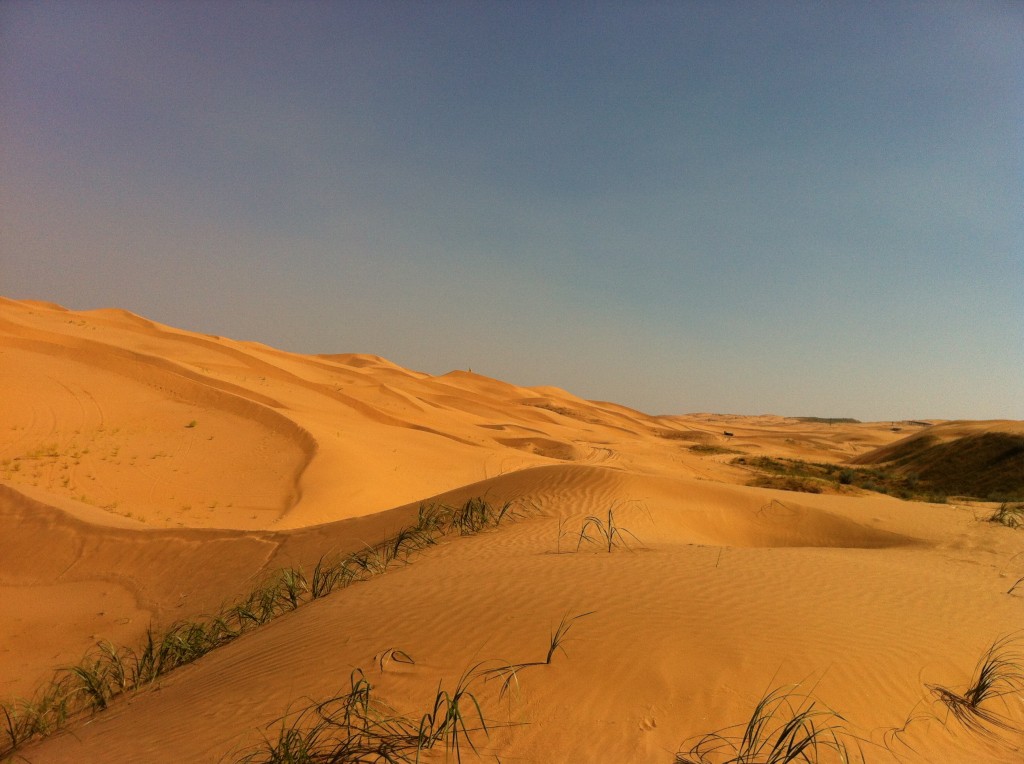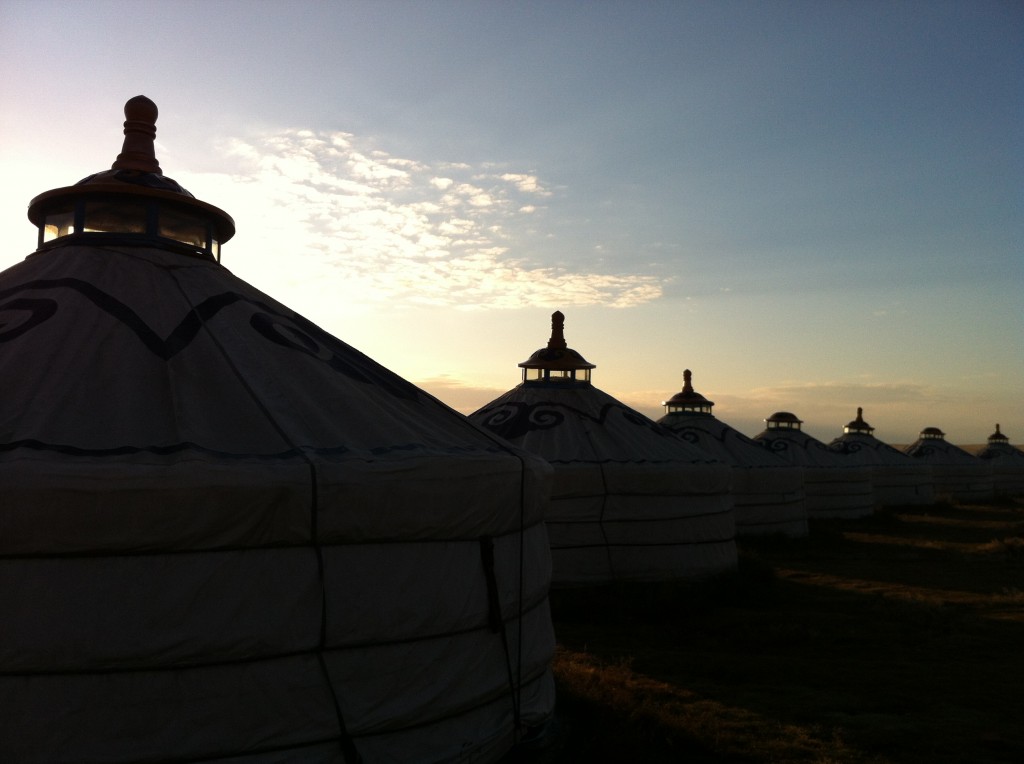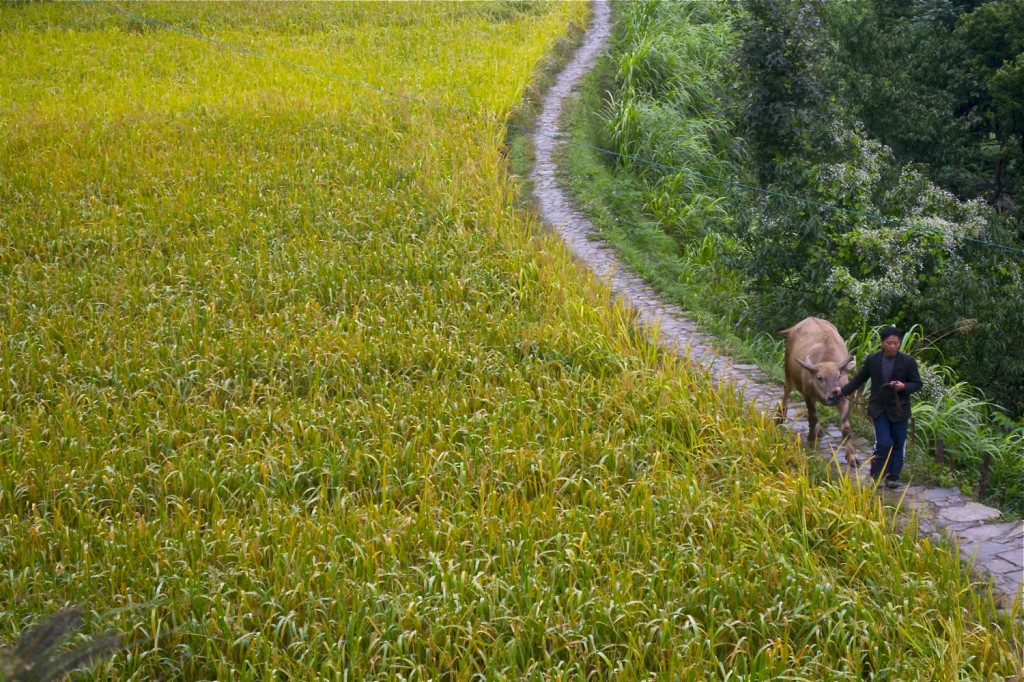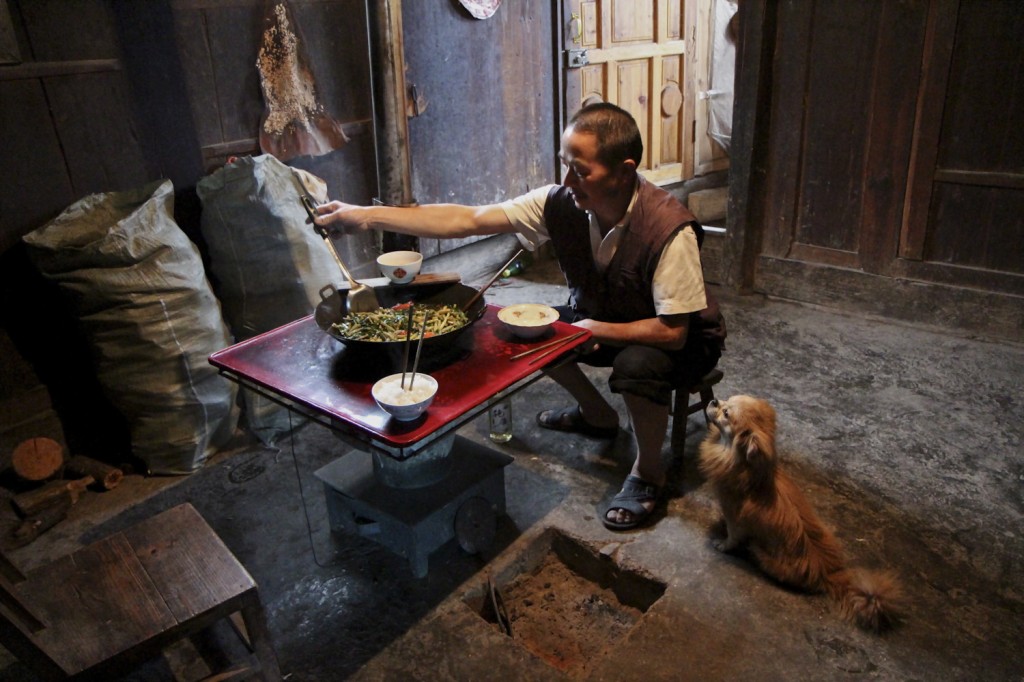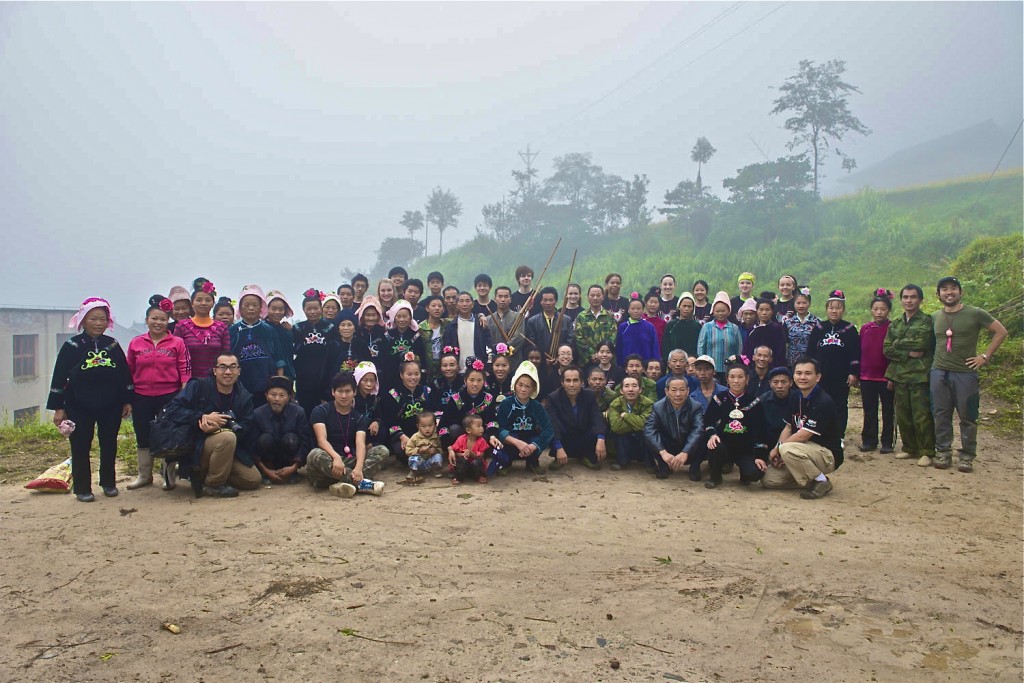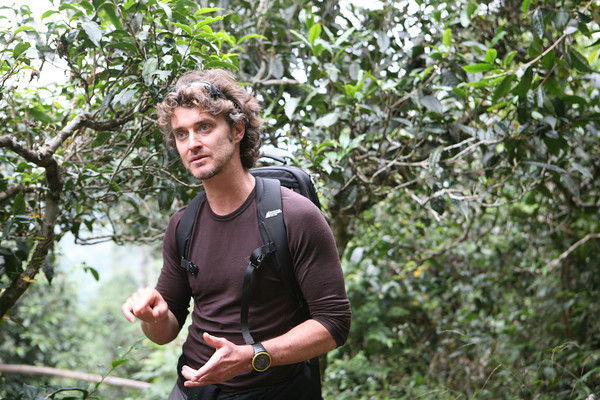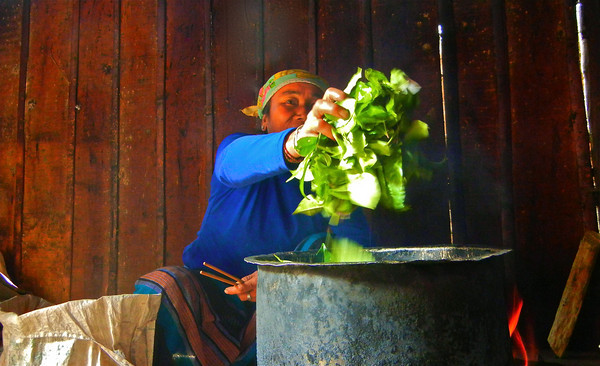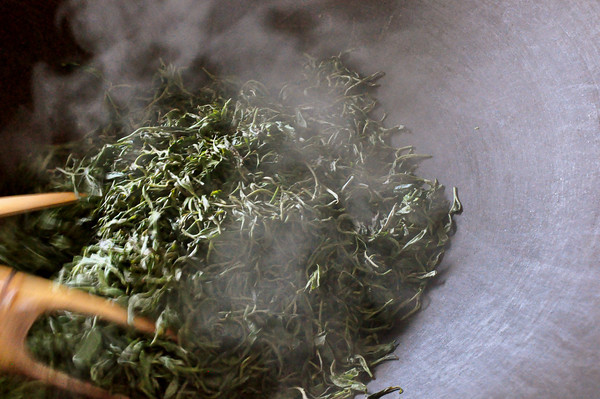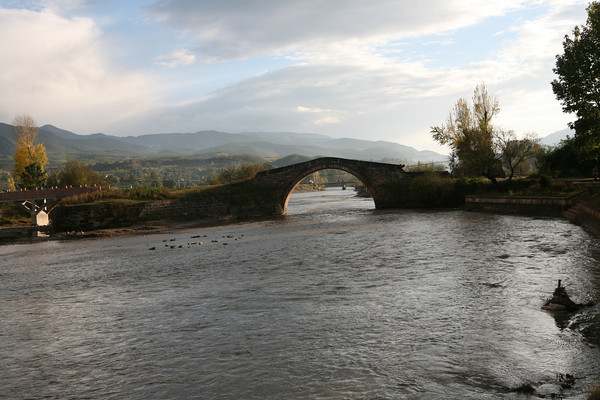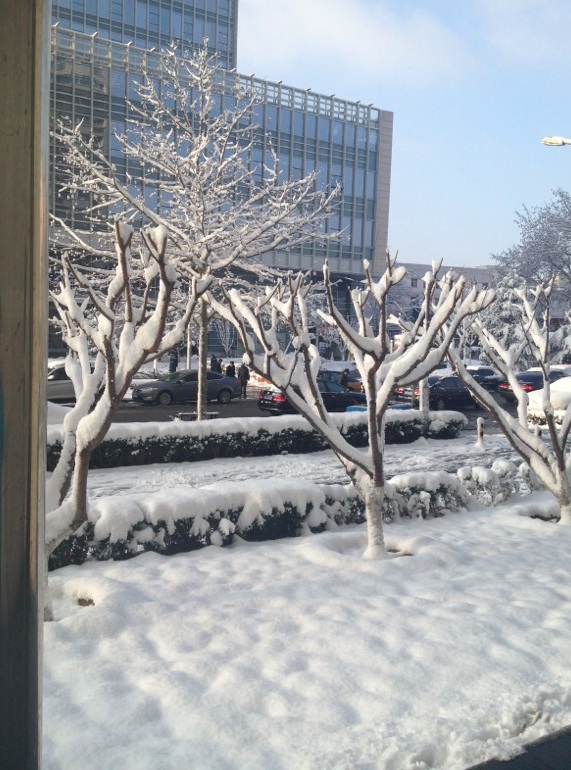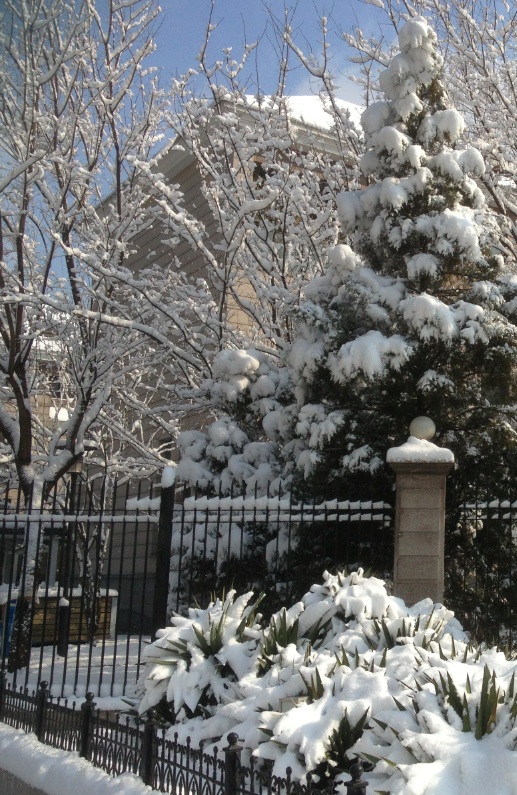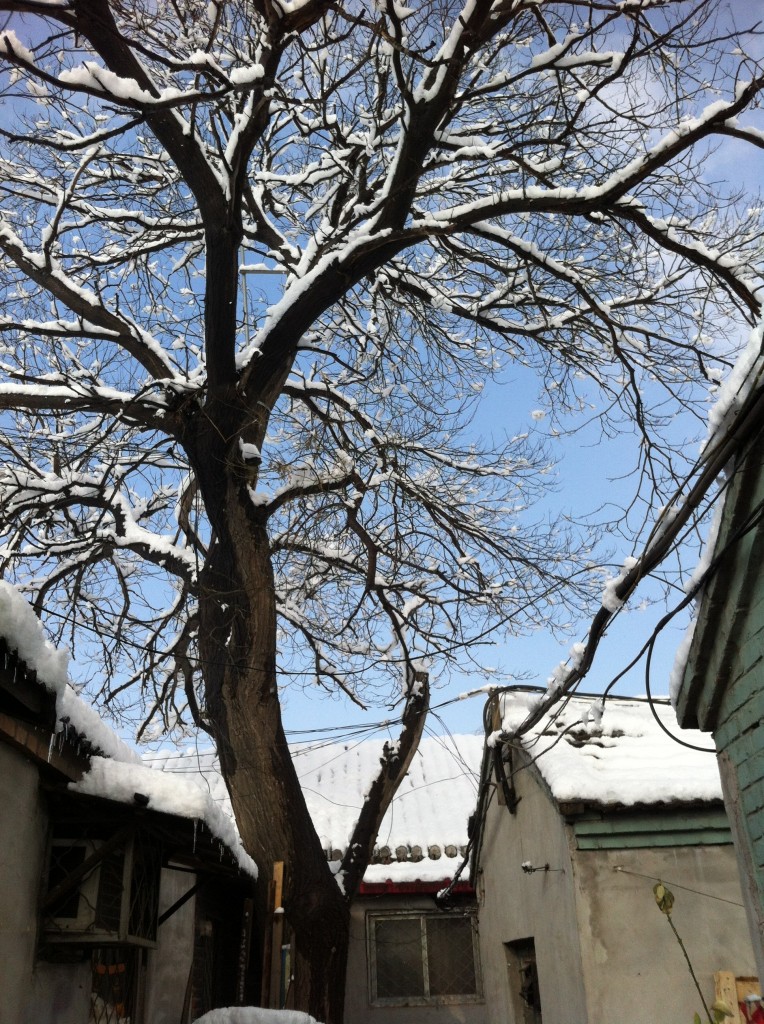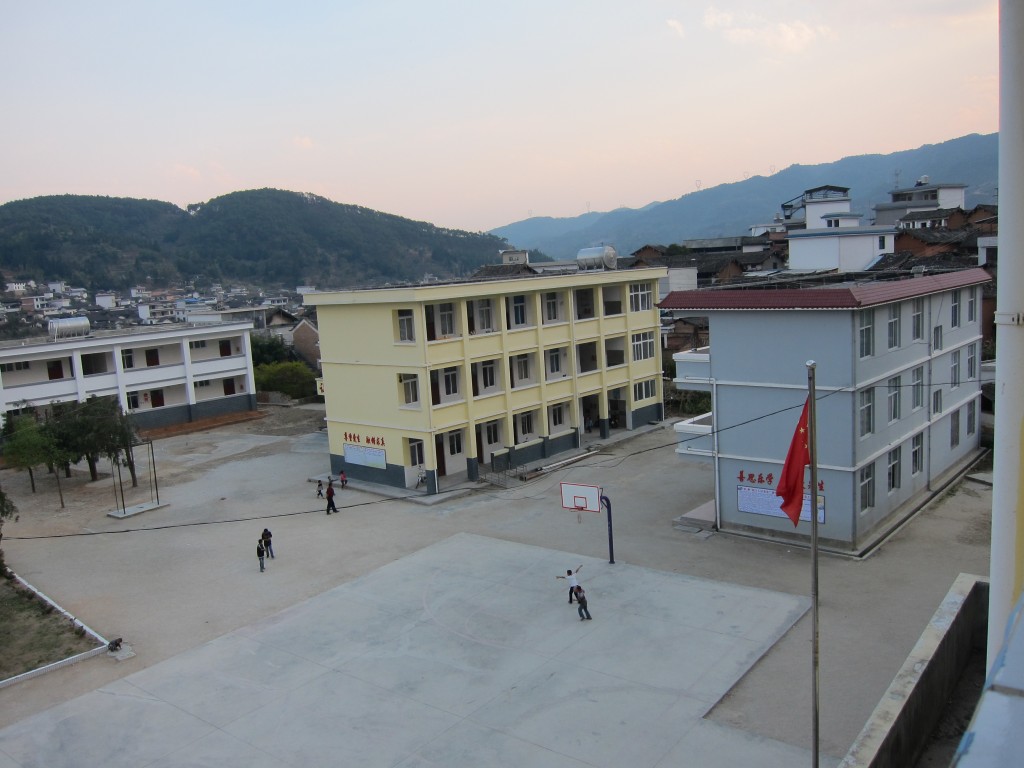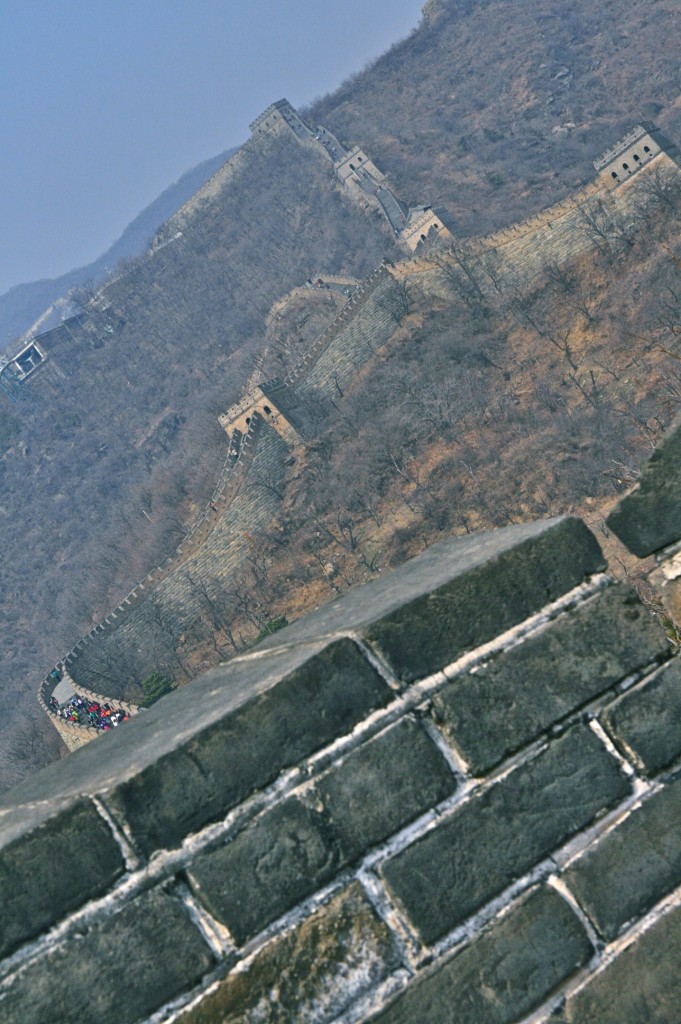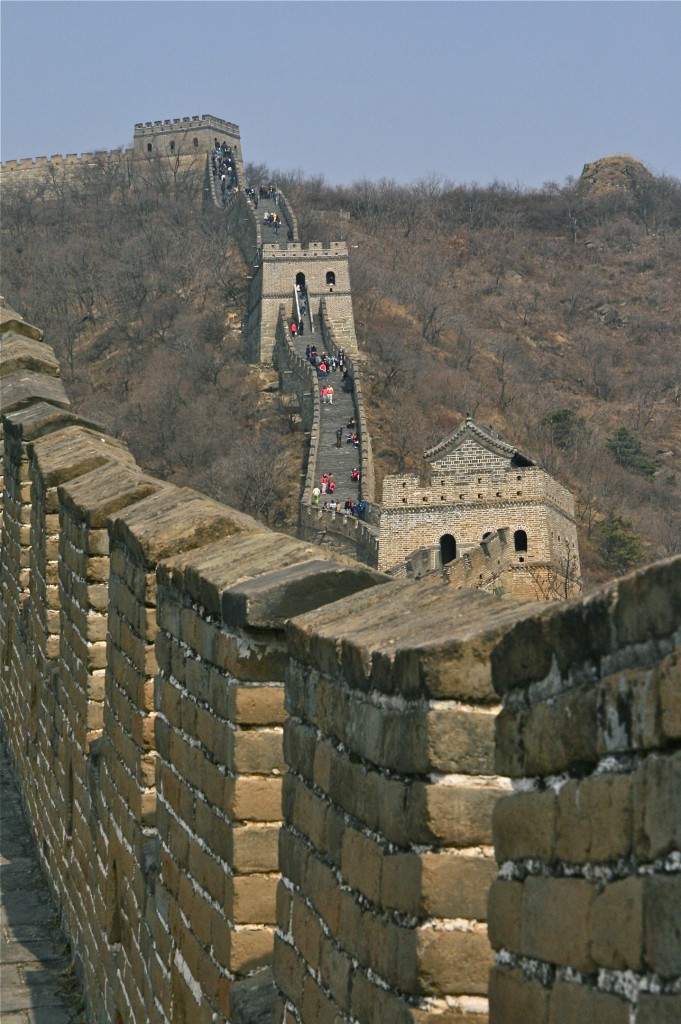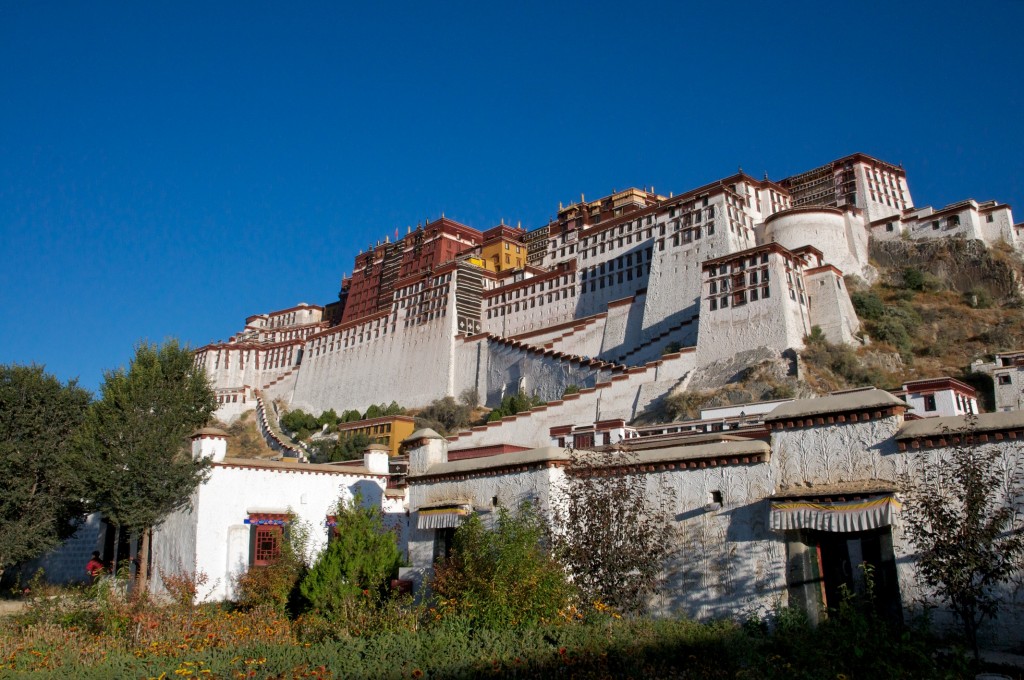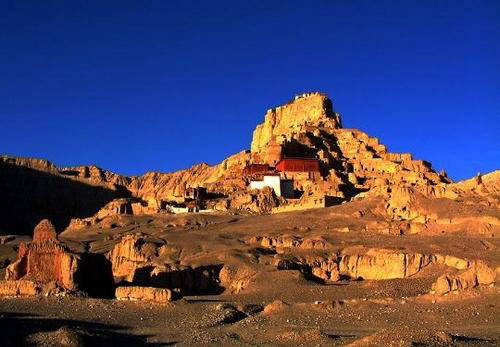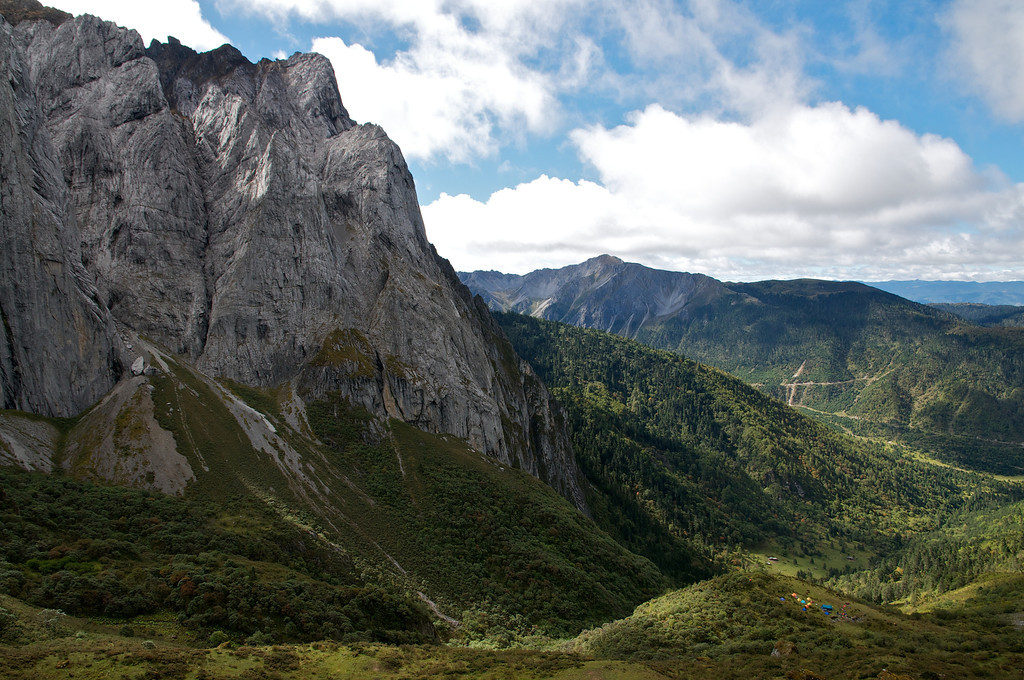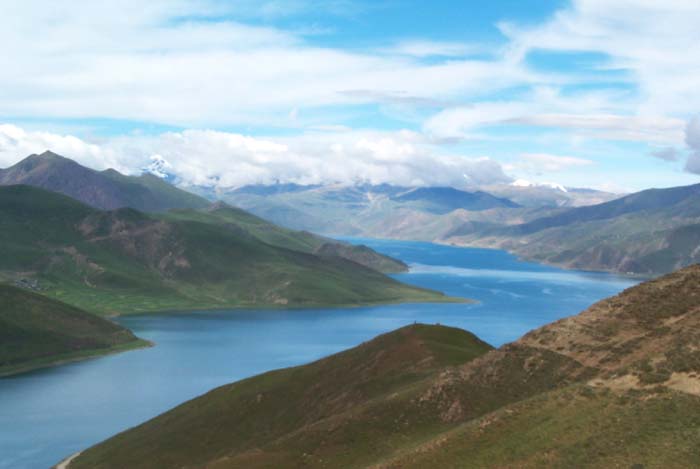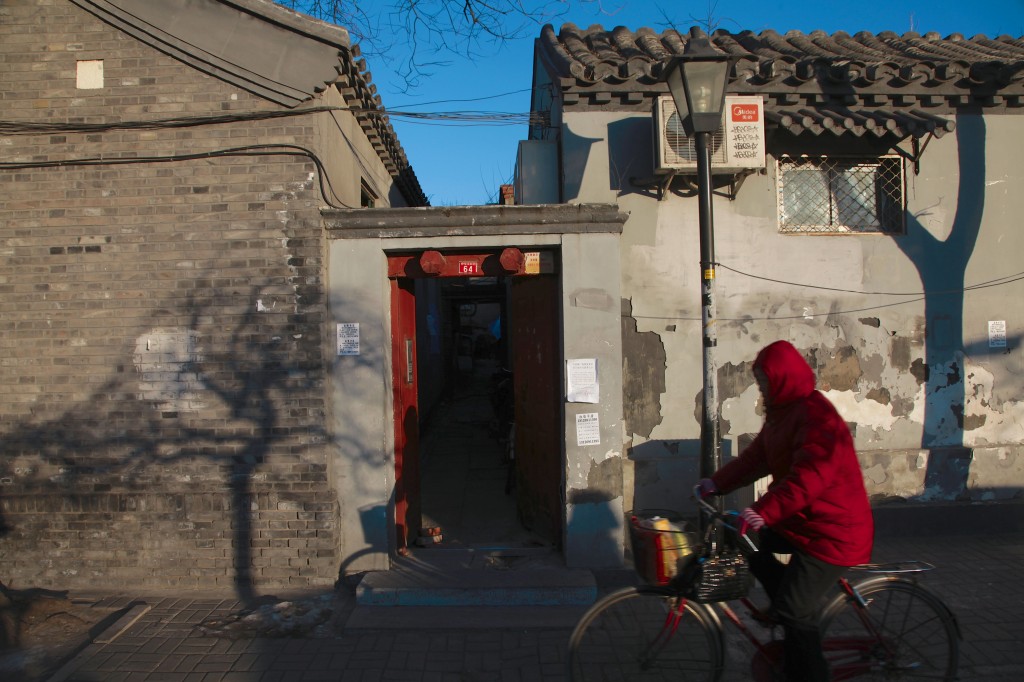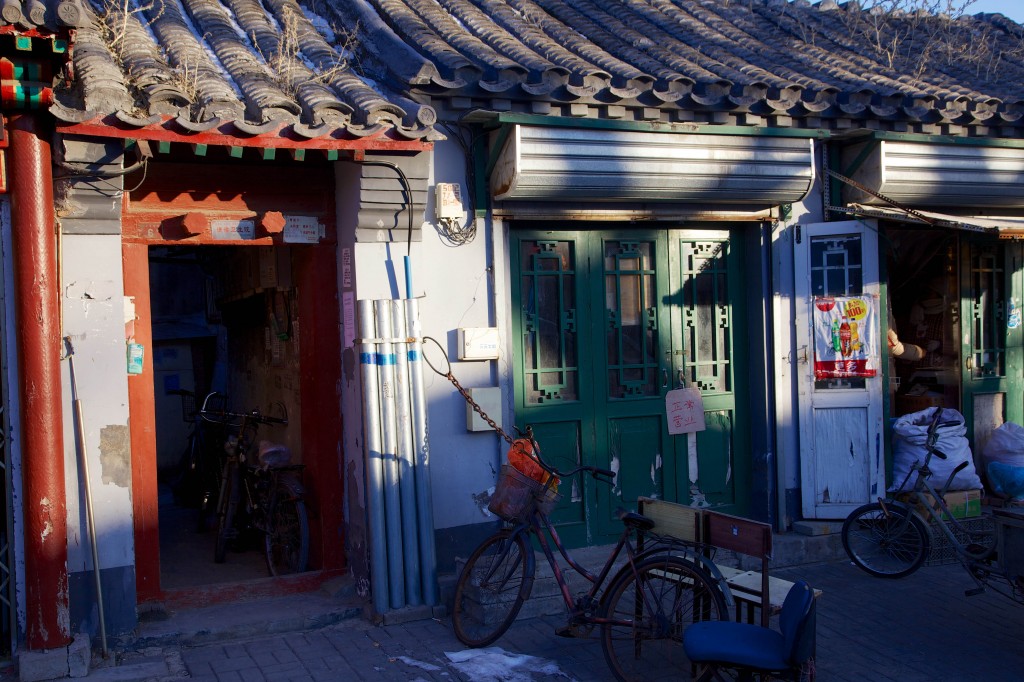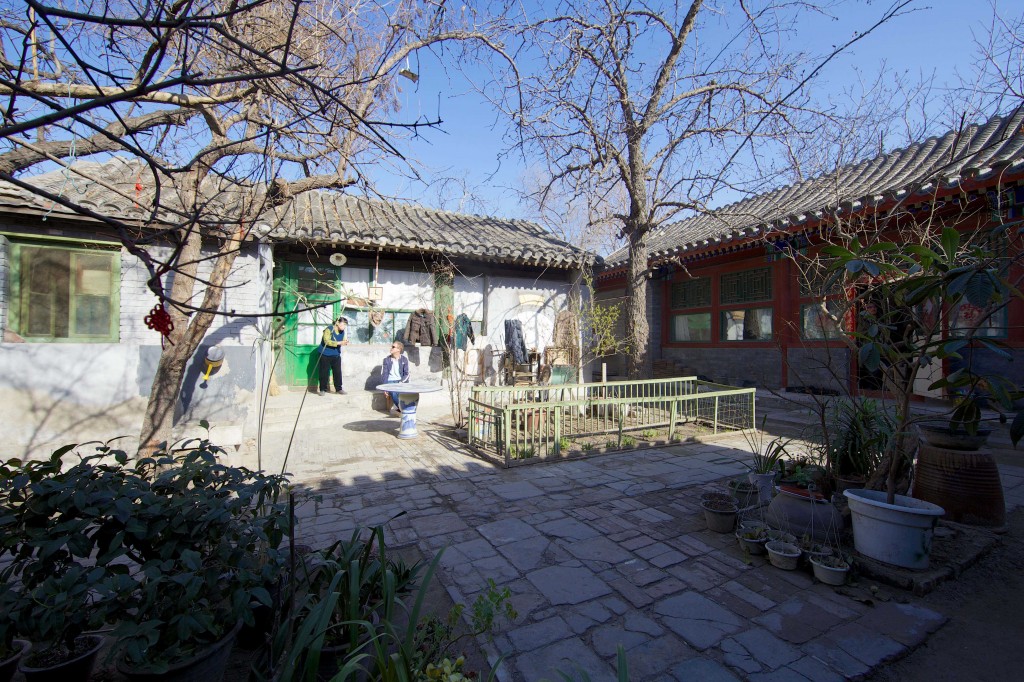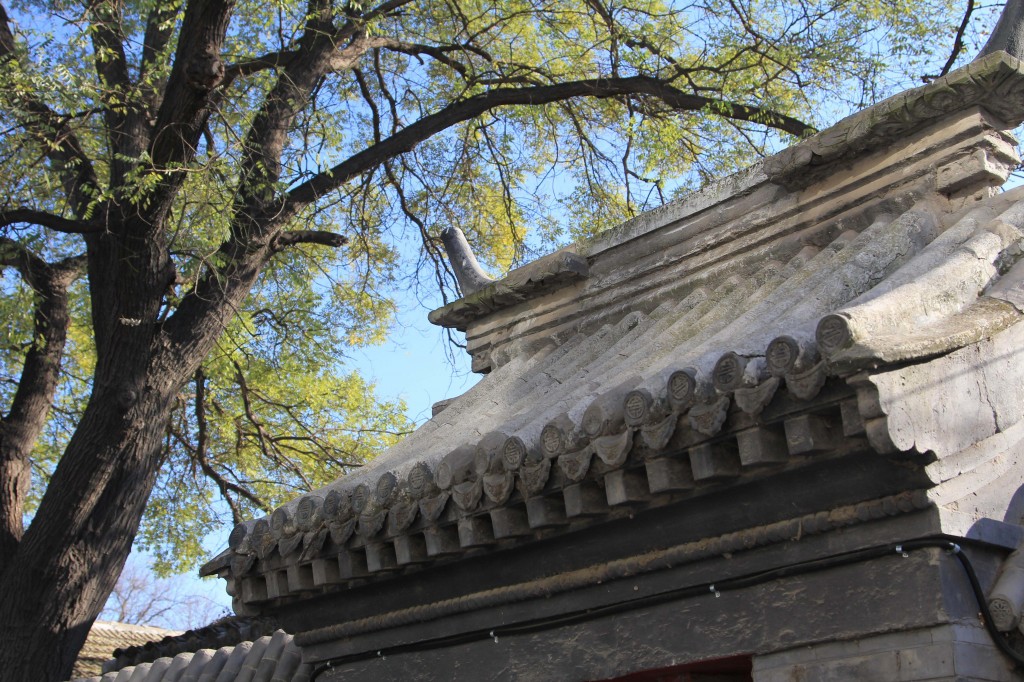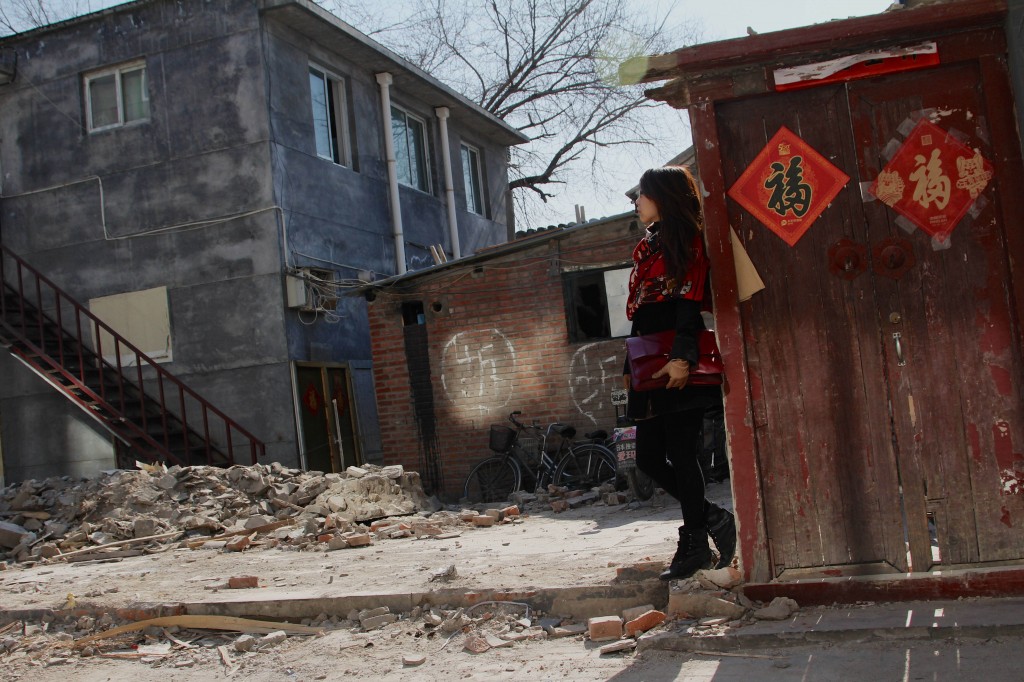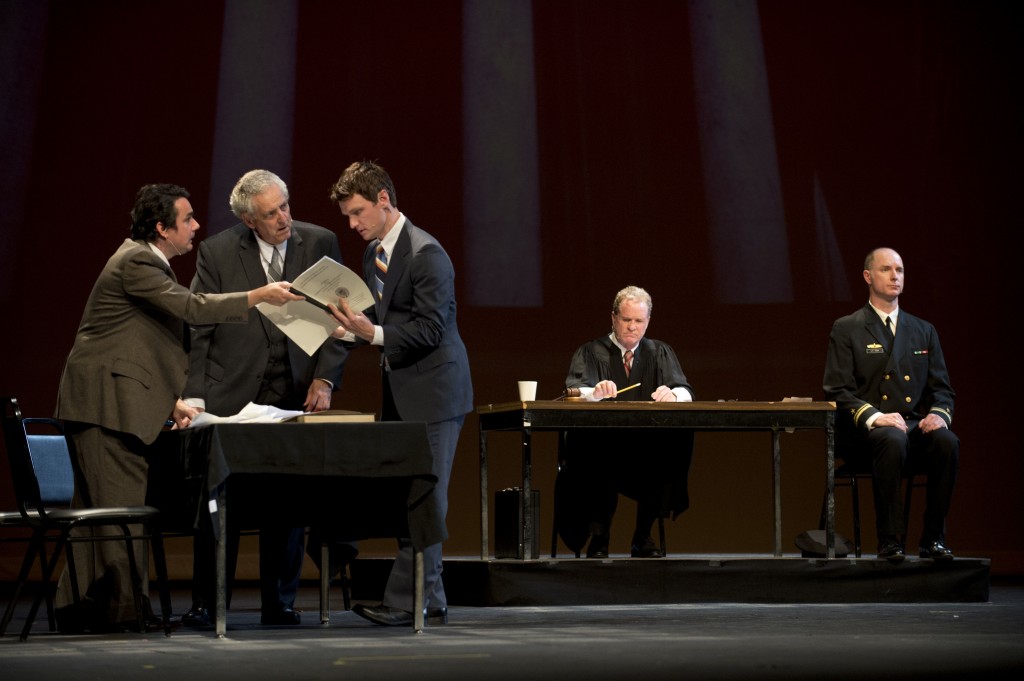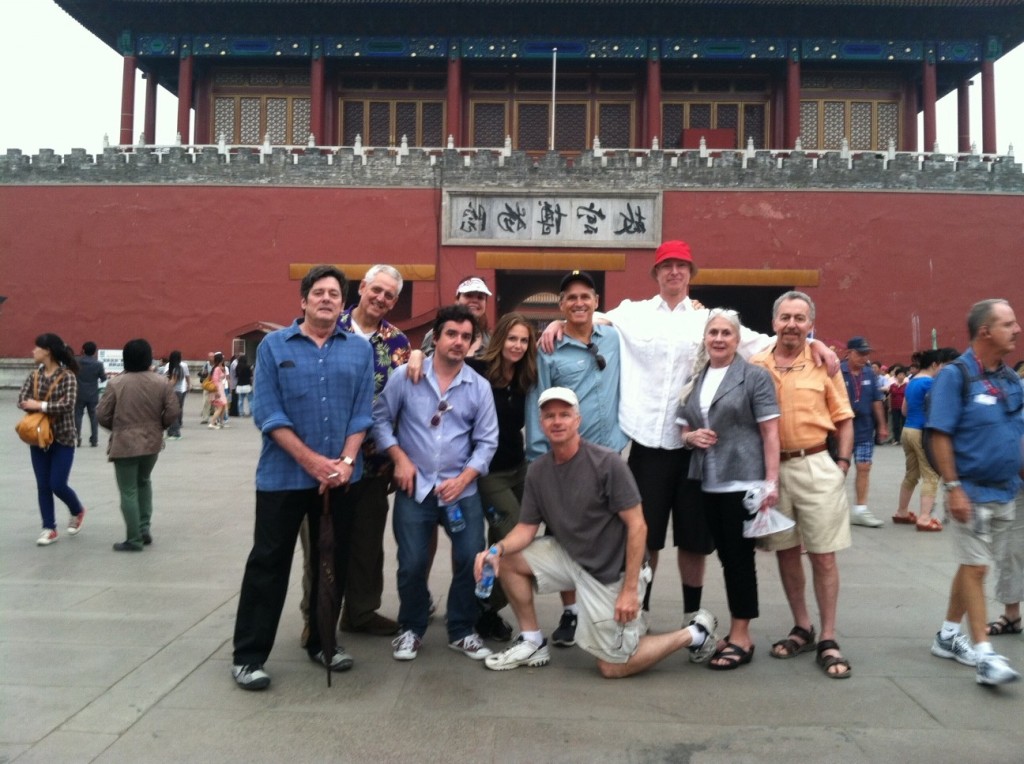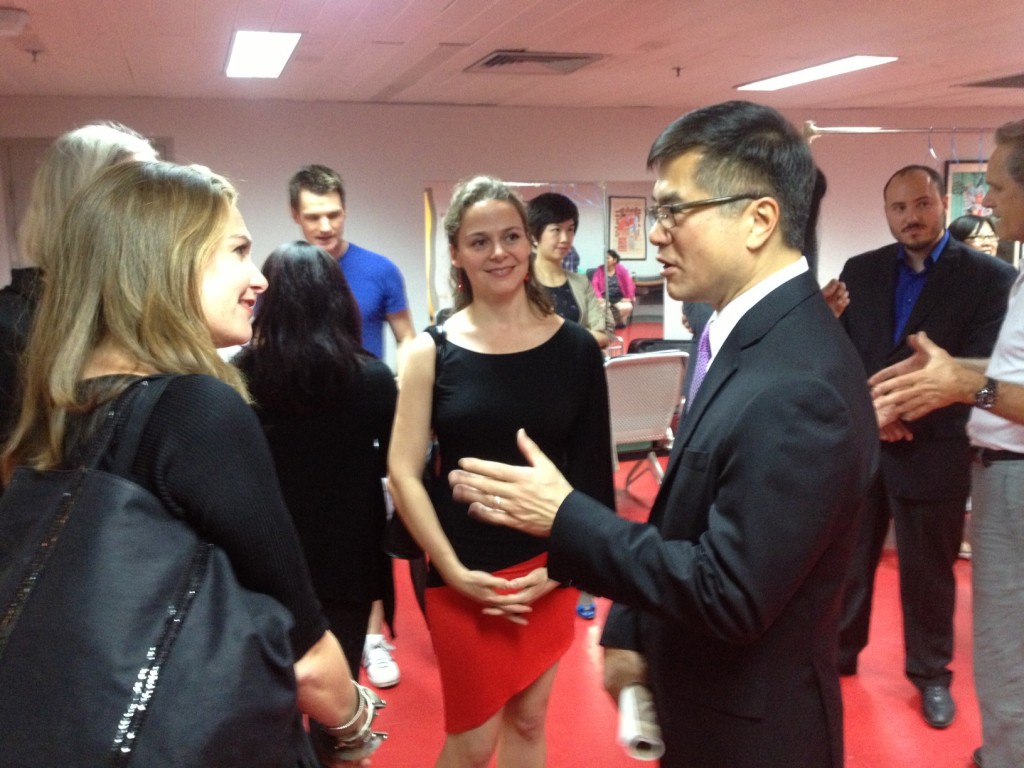Depending on what city you are in, New Year’s Eve can take on a lot of different shapes. You can watch the ball drop in New York City, join the New Year’s day parade in London, or watch a Tostito chip drop if you are in Tempe, Arizona. While all of these may be impressive, if not amusing, they are nothing like being in Hong Kong to ring in the New Year.
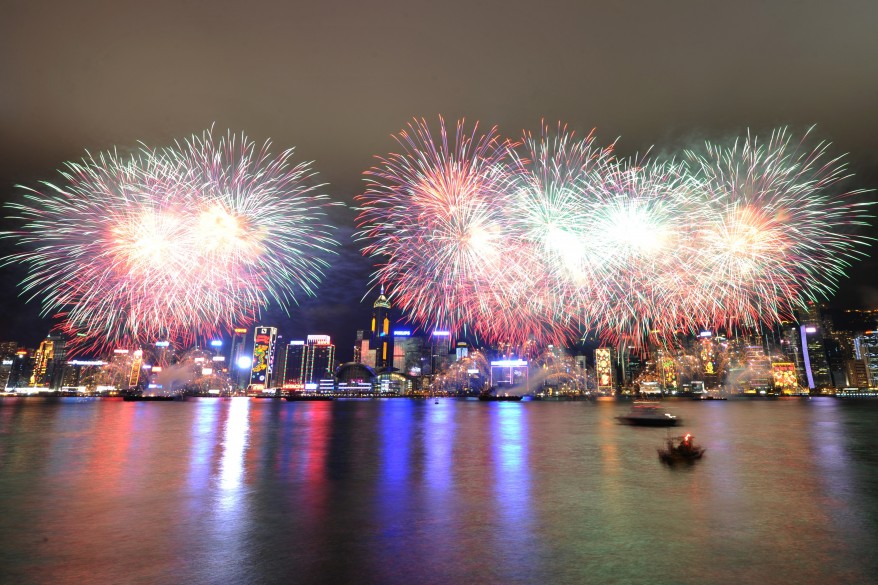
It is no coincidence that the city we recommend for popping champagne and watching fireworks is the same one The Economist recognized this year as the best city in the world. Not only will fireworks never be the same (Hong Kong goes notoriously overboard when planning its celebratory explosive light shows) but Hong Kong truly has something for everyone.
For those who have come from the blustery cold of northern Europe and North America, Asia’s World City offers a relatively warm January 1st, with temperatures between 8-15ºC (46 to 59ºF). Hong Kong ‘s sun stay hot and tropical so this is perfect weather for families to explore hikes around the territory and take the tram up to Hong Kong’s Peak for a beautiful view of the metropolis below. If you are staying on the Island, the Dragon’s Back Hike is a 15-minute cab ride away, while for those staying in Kowloon, Sai Kung Country Park–a true escape from the bustling crowds–can be reached in under half an hour.

When evening rolls around there are many locations from which to enjoy the night’s festivities. Reserve a table for yourselves at one of the city’s many restaurants to stage your own party complete with Christmas crackers, confetti, and plenty of Moët & Chandon. An excellent venue for this is The Pawn, and one of our favorites. If you go, trust us on this one and try their fresh seafood–it’s fantastic. Celebrating New Year’s Eve with the entire family? Rent out a junk to float around Victoria Harbour for a truly singular view when the fireworks burst over head. It will be a reunion to remember. Of course there are those who celebrate the New Year by traipsing around until the wee hours of the morning, and in this regard Hong Kong never fails to disappoint. Unlike the rest of the year, the buses and subway will run all night long on New Year’s Eve. The vibrant bar scenes of both Lan Kwai Fong and Wanchai offer places galore–bumping clubs, relaxed lounges, and comfy pubs–just be sure to get there early as lines can build as you close in on midnight.
Make a mid-year resolution to plan a trip to the fragrant harbor this December to start 2013 off right in the shimmering streets of Hong Kong.
———-
If you have questions about travel in Hong Kong, send us an email at info@wildchina.com and we will be happy to assist you.
Photo of fireworks over northern Hong Kong Island by Voice of America. Photo of Tailongwan (Big Wave Bay, Sai Kung) by AsiaTravel.

